What you're actually doing when you take a DFT (or any Fourier Transform) is measuring how much of your signal "intersects" with sines of certain frequencies. This is done by summing product of your signal with the complex conjugate of the wave of whatever frequency. Technically, this is called an inner product, which is a generalization of the dot product, and measures how "close" a signal is to another. So if you're only interested in one frequency, don't take the whole DFT, just look at one you want.
I'm not sure what your units are, so I'll assume you want the peak at f0 = -0.08 Hz (If your units are something else, like normalized to the sampling frequency, then you'll need to account for that). This corresponds to the complex exponential exp(2*pi*j*f0*t). Because you're sampling, your t is discrete, so t = n/fs, where fs is the sampling frequency (in Hz).
# assuming you're using numpy arrays
w = exp(-2*pi*1j*f0*arange(len(signal))/fs)
peak = abs(sum(signal*w))
There are different definitions of the DFT; I'm pretty sure numpy's corresponds to what I have above. The extra minus in the exponential is because it's the complex conjugate.
Notice that it's unlikely that w is actually periodic. If the number of samples is large enough this doesn't really matter. A good heuristic is at least 10 periods.
